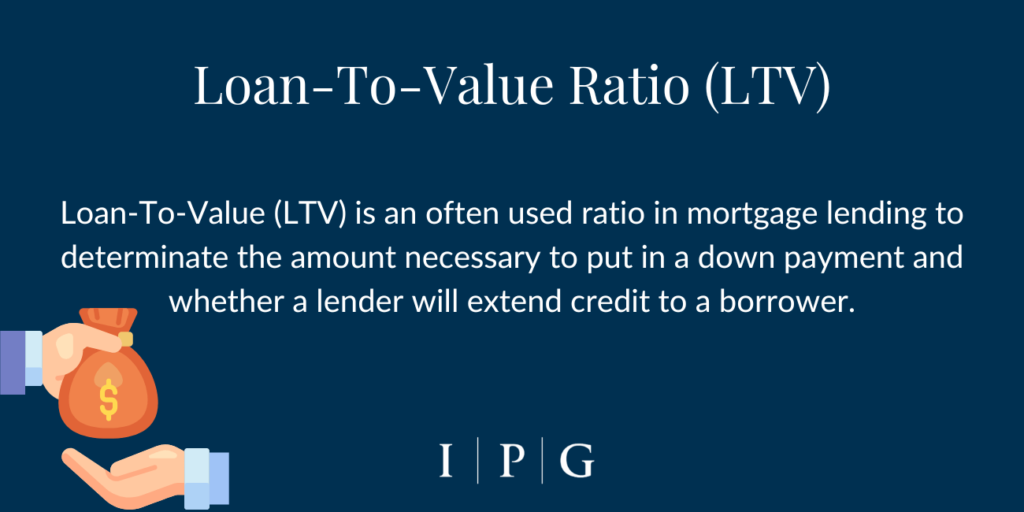Percentage Lease: What it is and How it Works

Percentage leases are a fundamental aspect of commercial real estate agreements, offering a unique approach to rent calculation that ties a tenant’s payments to their business performance.
Understanding how percentage leases work is crucial for both landlords and tenants navigating the complexities of lease agreements.
In this guide, we’ll cover the definition, key elements, workings, advantages, challenges, and negotiation tips associated with percentage leases, providing clarity on this essential aspect of commercial leasing.
What Is a Percentage Lease?
A percentage lease is a type of commercial lease agreement where the tenant pays a base rent plus a percentage of their gross sales revenue.
This arrangement links the tenant’s rental payments directly to their business performance, creating a mutually beneficial relationship between landlords and tenants. Core components of a percentage lease include:
- base rent
- percentage rate
- break-even point
Key Components of a Percentage Lease
- Base Rent
The base rent refers to the fixed monthly rent that the tenant must pay to the landlord to use the space. Generally, it is based on a certain dollar amount per square foot (for example, $6 per square foot).
- Break-even Point
The break-even point specifies how much sales must be generated in a month above which a percentage of the sales will be given to the landlord as additional rent. For example, a break-even point of $500,000 means that the landlord will capture a percentage of sales above $500,000.
- Percentage Rent
The percentage rent is a flat percentage that is charged on the additional amount of sales above the break-even point.

Percentage Lease Example
Let’s take this background info as an example:
A retail tenant rents 5,000 square feet at $5 per square foot per month. Additionally, if their monthly sales surpass $100,000, they agreed with the landlord to pay 5% of any additional sales as variable rent.
First, let’s outline the three components of percentage lease.
Components:
- Base Rent: $25,000 per month ($5 per square foot x 5,000 square feet)
- Break-even Point: $100,000 in monthly sales
- Percentage Rent: 5% of sales exceeding $100,000
Now, we can calculate Total Rent, but let’s apply 2 different scenarios:
Scenario 1: If monthly sales reach $150,000:
Base Rent: $25,000
Additional Sales: $150,000 – $100,000 = $50,000
Percentage Rent: 5% of $50,000 = $2,500
Total Rent: $25,000 + $2,500 = $27,500
Scenario 2: If monthly sales amount to $85,000:
Base Rent: $25,000
Since sales did not surpass the break-even point of $100,000, no percentage rent applies.
Total Rent: $25,000
How a Percentage Lease Works
In a percentage lease setup, tenants pay a fixed base rent along with a percentage of their monthly sales exceeding a predefined threshold. These leases are commonly found in retail settings.
Landlords often offer a lower base rent in exchange for a share of the tenant’s sales revenue, known as percentage rent. Notably, tenants typically aren’t liable for property taxes, insurance, or maintenance costs under this arrangement.
Percentage Lease Advantages
For tenants, a percentage lease offers lower base rent and aligns the landlord’s interests with the success of the business.
With landlords benefiting from increased sales beyond a certain threshold, they’re more inclined to offer prime locations and additional services, enhancing foot traffic.
From the landlord’s perspective, the advantage lies in capitalizing on the tenant’s sales growth. Despite a lower base rent, landlords stand to profit significantly from the percentage rent if the tenant’s business flourishes.
Percentage Lease Disadvantages
Tenants may find it challenging to part with a portion of their sales once the break-even point is surpassed. Additionally, they must ensure accurate reporting of sales figures to the landlord.
Landlords, on the other hand, contend with reduced base rent and the responsibility of verifying the authenticity of the sales data provided by tenants.
In essence, in a percentage lease setup, landlords encounter information asymmetry, risking potential manipulation of sales data by tenants to evade surpassing the break-even point.
Percentage Lease vs Net Lease – What are the Differences?
Percentage and net leases represent two prevalent leasing structures in commercial real estate, each with distinct characteristics. In a percentage lease arrangement, tenants pay a base rent along with a percentage of their gross sales once a predetermined revenue threshold is met.
Net leases do not factor in gross sales; instead, tenants are accountable for base rent, as well as expenses such as maintenance, insurance, and taxes.
Understanding Net Leases
Net leases involve commercial lease contracts wherein tenants assume responsibility for a portion or all of the property’s taxes, insurance, and maintenance expenses, in addition to paying the base rent.
These leases are prevalent in commercial real estate and come in various forms, including single net leases, double net leases, and triple net leases. It’s essential to note that the specific costs borne by the tenant may vary depending on the type of net lease agreement.
Conclusion
Understanding the ins and outs of percentage leases is vital for both landlords and tenants in commercial real estate. While these leases offer advantages such as flexibility and shared risk, they also come with certain drawbacks that must be carefully considered. Whether you’re a landlord seeking to maximize rental income or a tenant aiming to optimize business operations, navigating the complexities of leasing agreements requires expertise and guidance.
At Innovation Properties Group, our team of experienced commercial real estate brokers is here to assist you every step of the way. Whether you’re interested in exploring percentage leases, net leases, or any other aspect of commercial real estate, we’re dedicated to helping you achieve your goals.




